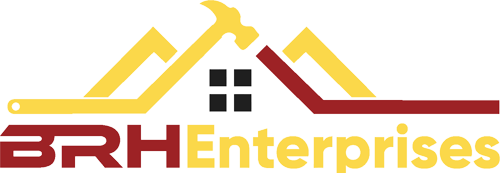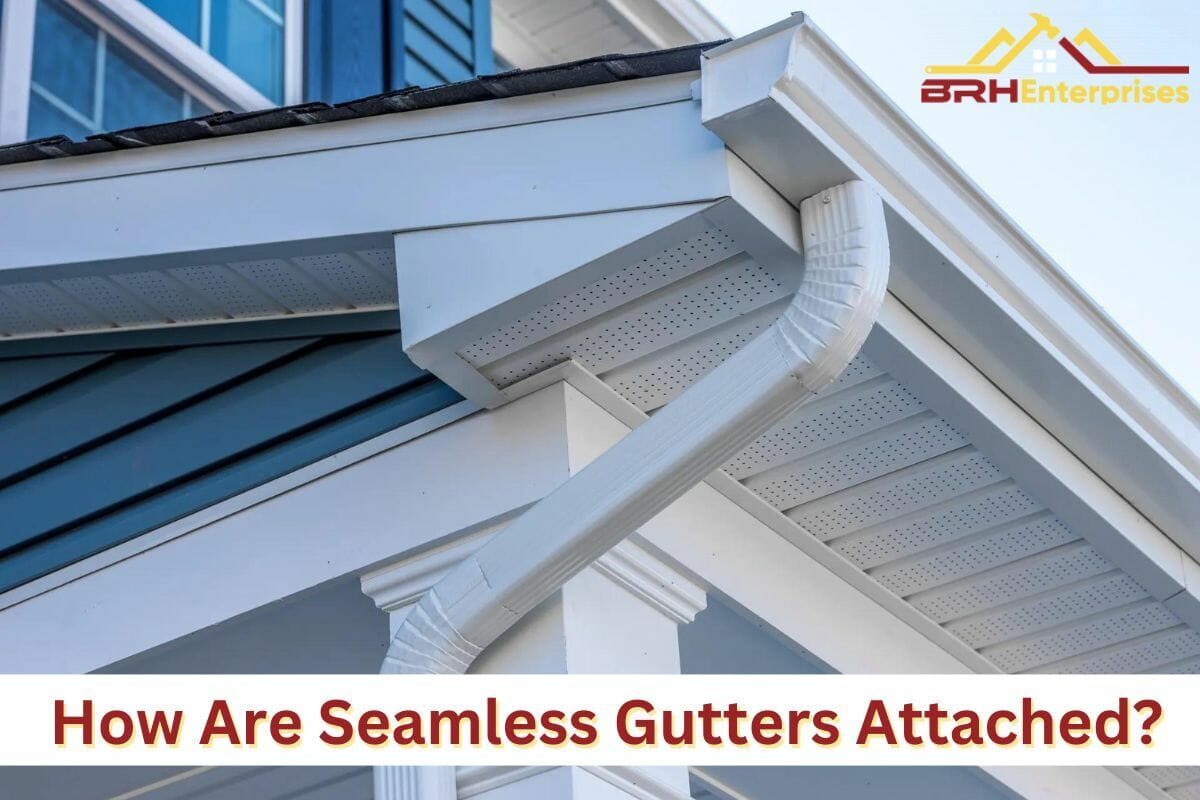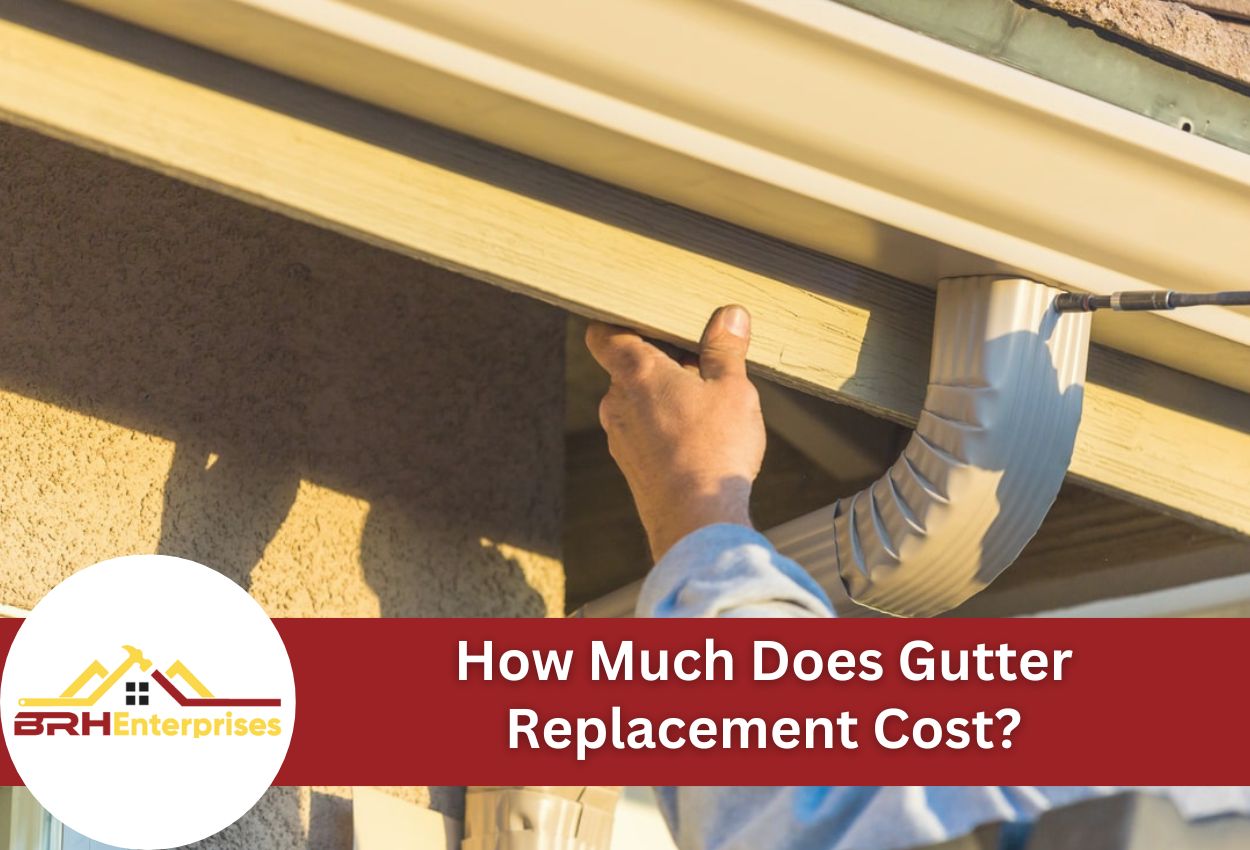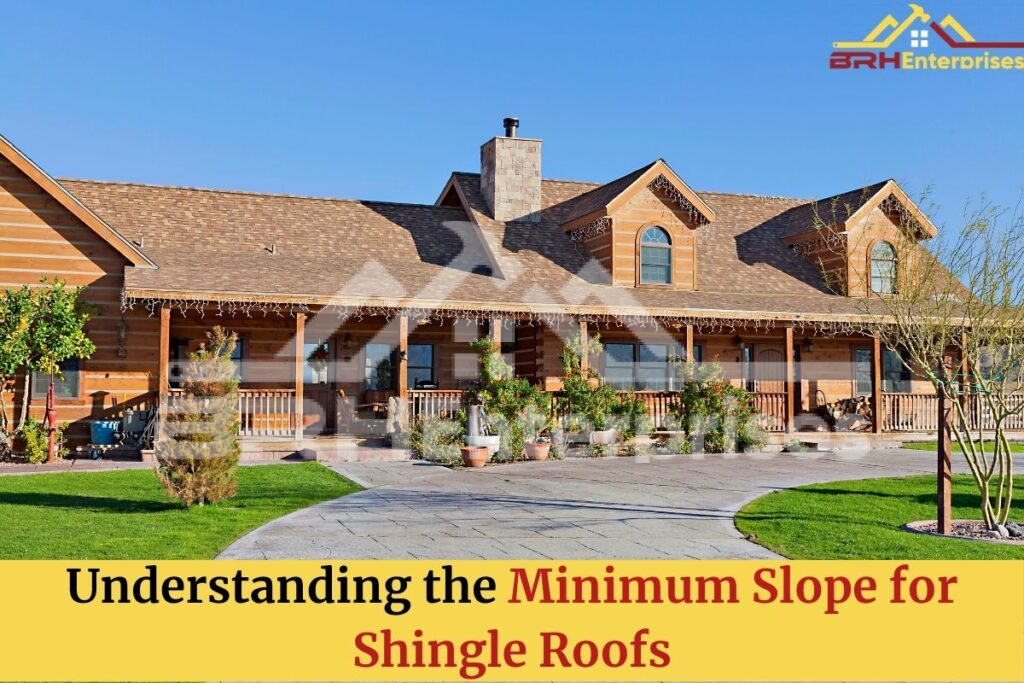
Your home’s roof significantly impacts its safety and appearance. It shields you from the sun, rain, and snow, and maintains your house’s stability. However, the steepness of the roof, also known as the slope or pitch, is one aspect that is frequently forgotten. The slope is especially important if you have shingles on your roof, as not all roof pitches are suitable for shingle installation.
For that reason, in this blog post, we’ll discuss the minimum slope for shingles.
What is The Minimum Slope for Shingle Roofs?
The minimum slope requirement for asphalt shingle roofs is typically set at 2:12 roof pitch, indicating that the roof should rise 2-inches for every 12-inches of horizontal run. This slope is considered the lowest suitable for shingle installation, vital for preventing water pooling and consequent damage. While manufacturers generally recommend slopes of at least 2:12 to 4:12 for standard shingle installation, it’s crucial to consult the specific product installation guidelines provided by the shingle manufacturer. Some shingles may require a higher minimum slope than 2:12 to ensure optimal performance and longevity.
The Importance of Understanding Minimum Slope for Shingle Roofs
Understanding the minimum slope for shingles is crucial for various reasons, including ensuring the effectiveness and longevity of the roofing system.
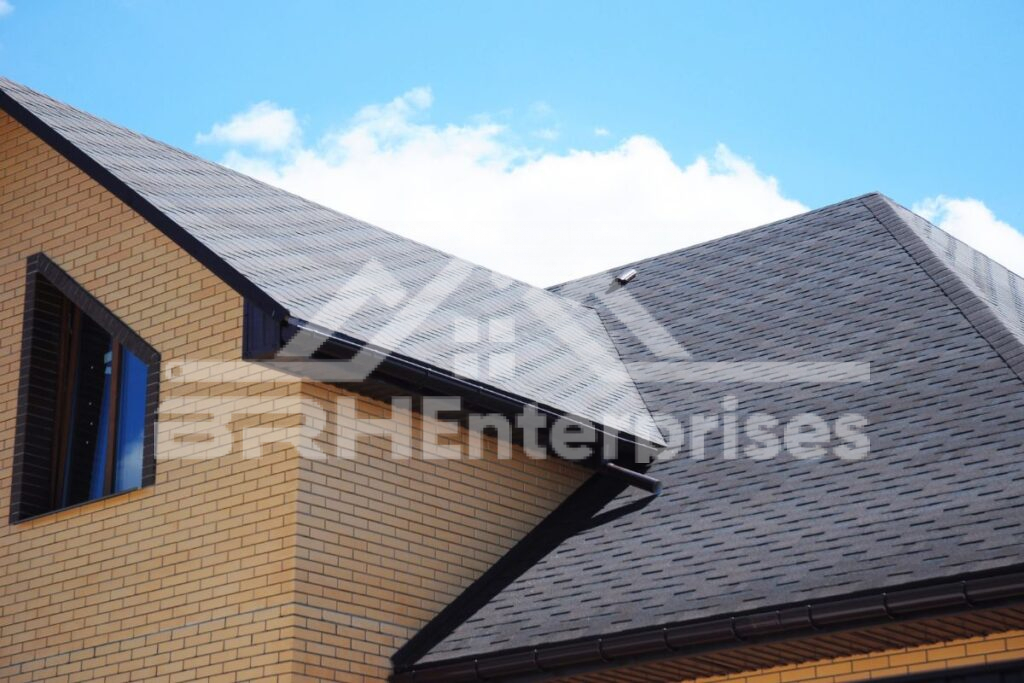
1. Effective Water Drainage and Damage Prevention:
The minimum slope dictates the efficiency of water drainage from the roof, preventing issues like water pooling, premature deterioration, and rot.
2. Selection of Suitable Materials:
Different roof slopes necessitate specific materials for optimal performance. Grasping the minimum pitch aids in choosing roofing materials that align with the slope requirements. For low slope shingles or flat roofs unsuitable for shingles, alternative roofing materials like TPO membranes are recommended for better performance and longevity.
3. Adherence to Building Codes:
Local building codes often mandate minimum roof pitch requirements for both residential and commercial structures. Compliance with these regulations is important for ensuring structural soundness. Building codes may vary by location and an understanding of the minimum slope ensures adherence to regulatory standards.
4. Aesthetic Harmony:
Roof slope significantly influences a building’s overall aesthetics. Understanding the minimum pitch assists in selecting a slope that complements the architectural style and enhances visual appeal of your home. Different slopes offer diverse aesthetic effects and the selection of an appropriate pitch allows you to achieve your desired look.
5. Installation Considerations:
Roof pitch directly impacts shingle installation procedures. Lower slopes may require specialized application techniques such as additional underlayment to ensure proper sealing and waterproofing. Awareness of the minimum slope guides installers in employing correct installation methods, ensuring the creation of a resilient and weather-resistant roofing system.
How to Measure Slope for Shingle Roofs
To accurately determine the slope of your roof, follow these step-by-step instructions:
1. Determine the Rise and Run:
- Measure the vertical distance, known as the rise, from the eaves to the point where the roof meets the wall.
- Measure the horizontal distance, known as the run, along the eaves for a standard length, often 12-inches.
2. Calculate the Slope:
- Divide the rise by the run to determine the slope as a ratio. For example, if the rise is 4-inches and the run is 12-inches, the slope would be 4/12, also written as 4:12.
- Multiply this ratio by 100 to convert it into a percentage. In this case, 4/12 x 100 = 33%, indicating a 33% slope.
3. Minimum Slope Requirement:
- The minimum slope for a shingle roof is typically around 2:12 roof pitch.
4. Manufacturer Specifications:
- Different shingle manufacturers may have specific requirements regarding minimum roof slopes for their products.
- For example, most manufacturers suggest a minimum slope of 4:12 for their shingles.
5. Check Manufacturer Guidelines:
- Before installing shingles, always refer to the manufacturer’s guidelines and warranty to ensure that you meet their recommended minimum slope requirements.
What Happens If I Install Shingles On A Roof With Insufficient Slope?
When shingles are installed on a roof with inadequate slope, several issues can arise due to the low pitch. Here’s an overview of the consequences:
- Poor Water Drainage: Shingles are not designed to handle standing water. Insufficient slope leads to water pooling, increasing the risk of leaks and water damage.
- Warranty Voidance: Installing shingles on a roof with a pitch below manufacturer recommendations can void warranties, leaving homeowners unprotected against potential shingle defects.
- Risk of Damage: Low slope shingle roofs are prone to accumulating rain, snow, ice, or debris, heightening the likelihood of damage to the roofing material and underlying structure.
- Installation Challenges: Special procedures are necessary to install shingles on a low slope roof, including additional underlayment and sealing measures to prevent wind lift and moisture penetration. This may increase the total cost of the project.
Conclusion
For the long-term stability of your home, make sure the minimum slope requirements for your shingle roof are met. It’s not only about following industry norms, it’s also about safeguarding your investment and making sure your family is comfortable and safe. You can strengthen your home’s defenses against potential risks like water damage and structural problems by realizing the importance of slope, taking environmental factors like weather patterns into account, and implementing good maintenance practices.
We, at BRH Enterprises, recognize the value of a properly maintained roof. Our team of highly qualified roofers is committed to providing excellent roofing services that are customized to meet your unique requirements. When building a new roof or remodeling an old one, you can count on BRH Enterprises to offer professional advice and careful attention to detail. You can rely on us to make sure that your roof is capable of providing long-term home protection. Give us a call at (920) 249-4228.

Bryce, Master Roofer
Protect Your Home with Expert Roofing
Don’t wait for leaks or storm damage to cause costly repairs. Our experienced roofing team provides fast, reliable service, high-quality materials, and lasting results. Ensure your home stays safe, secure, and looking great—contact us today for a free estimate.
